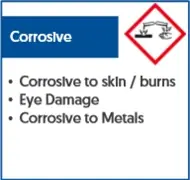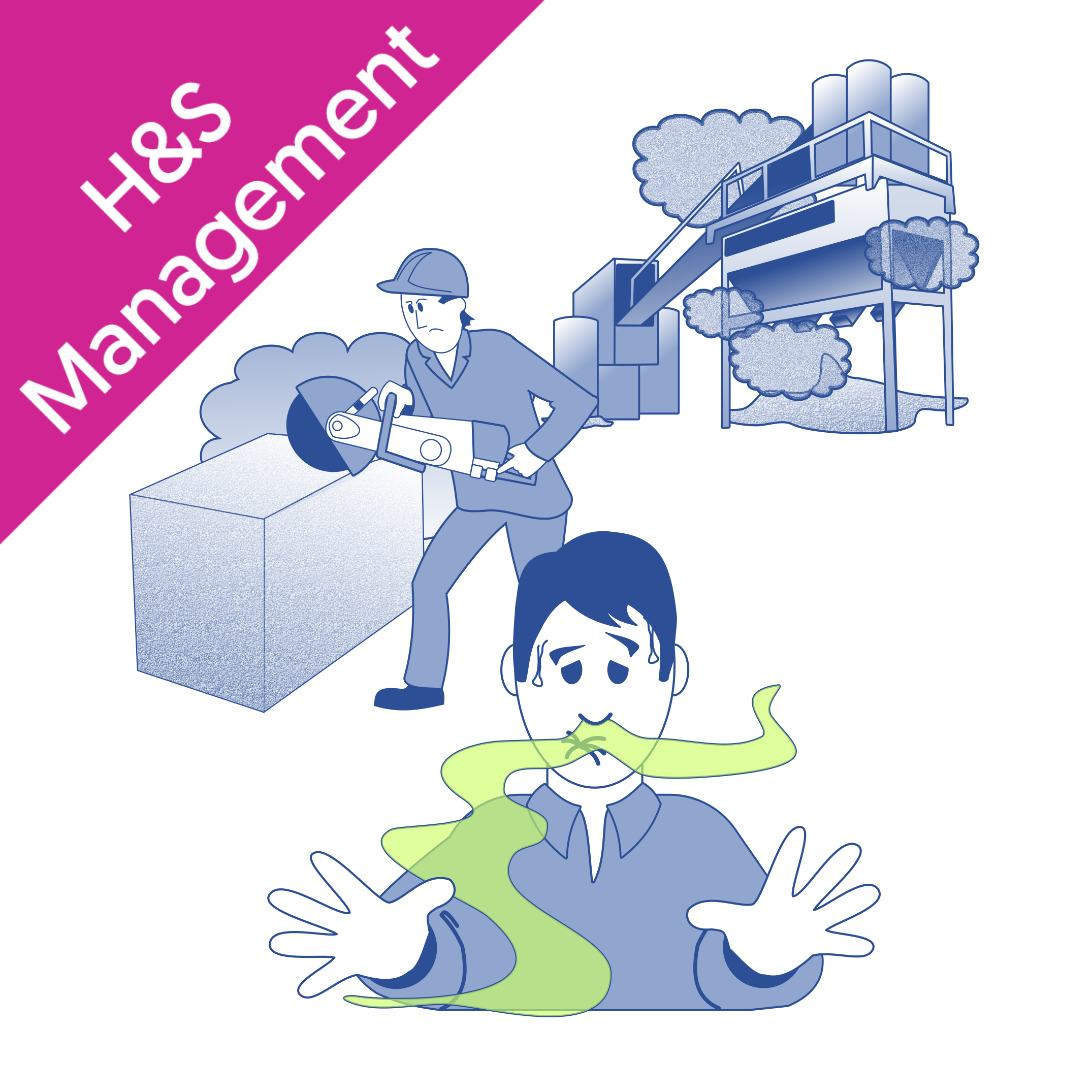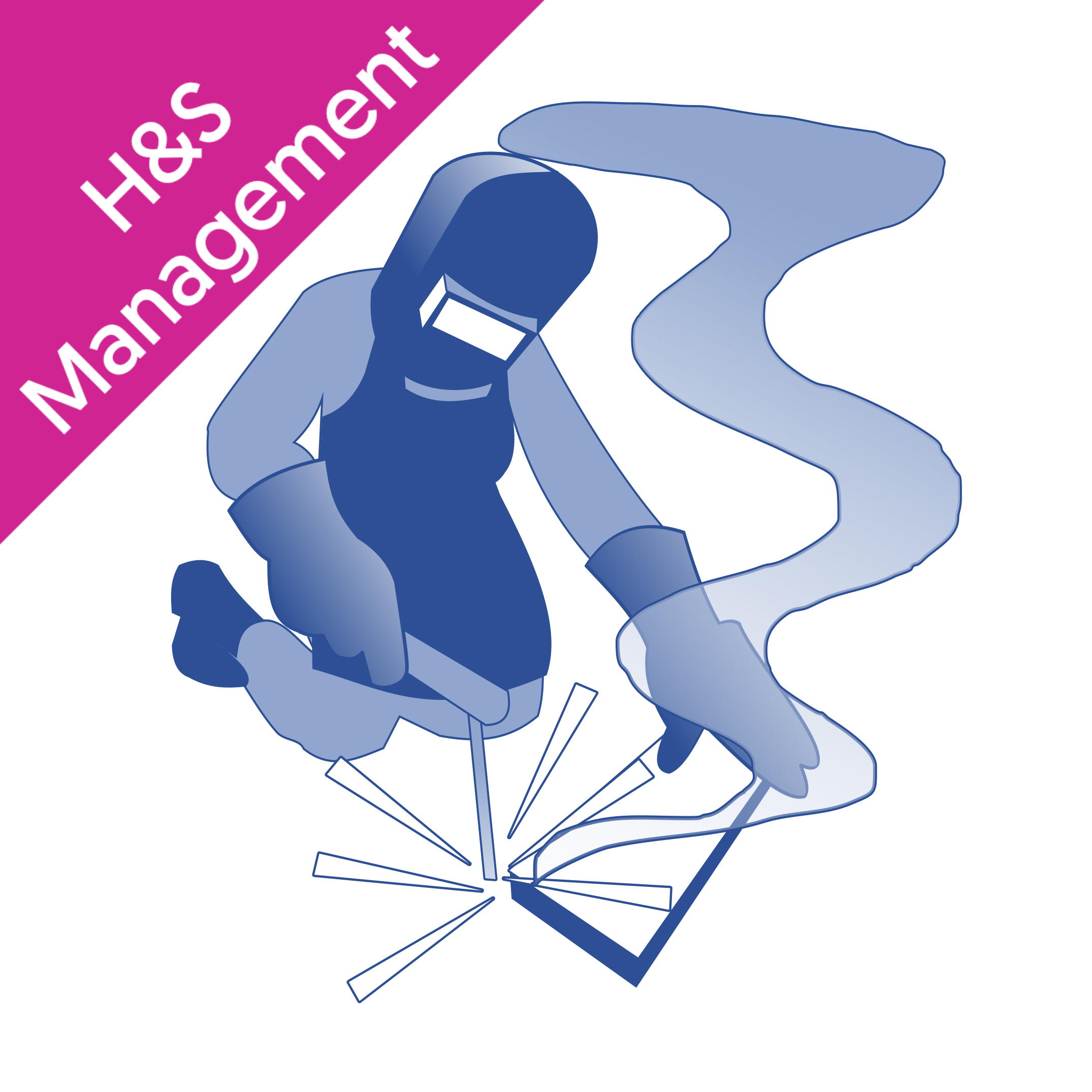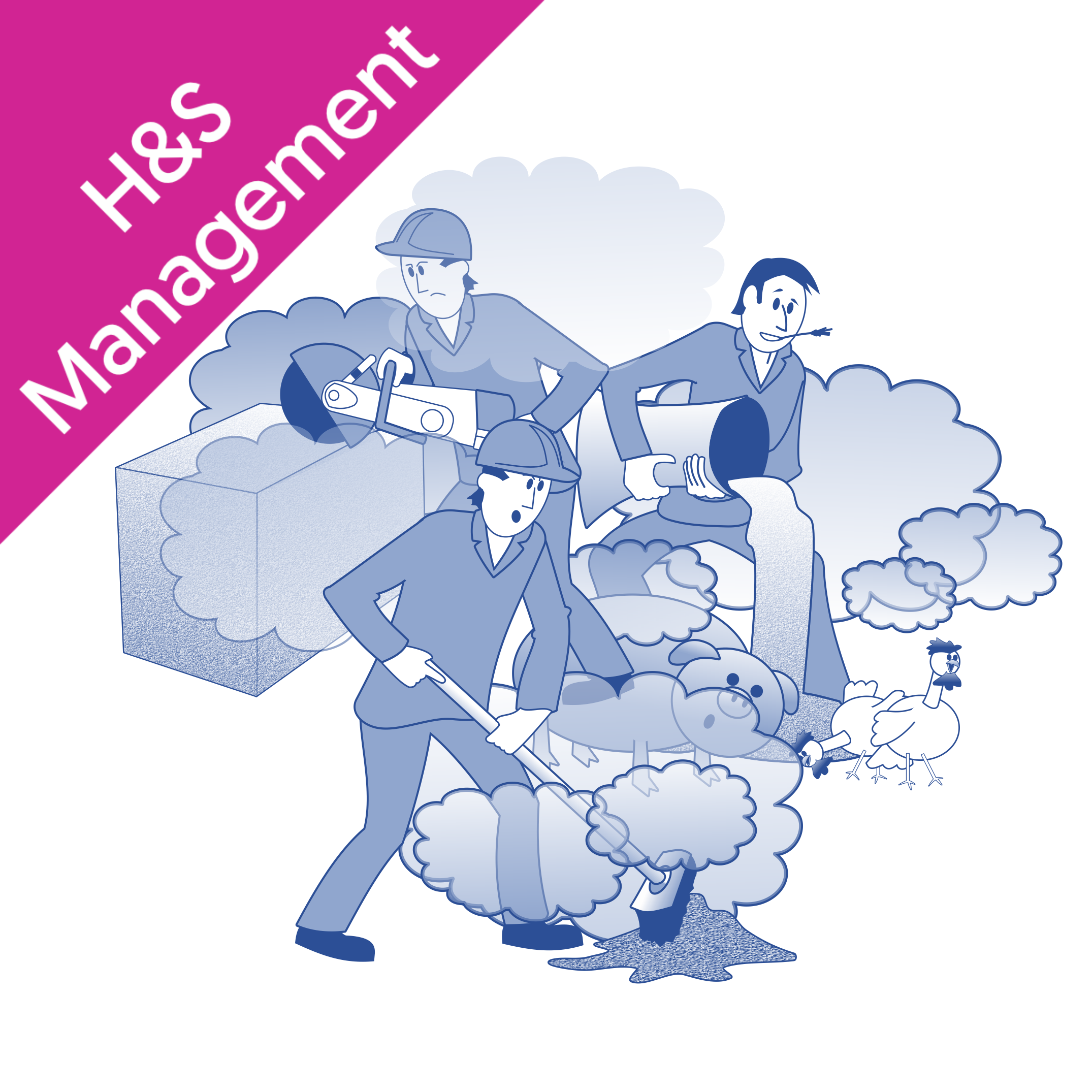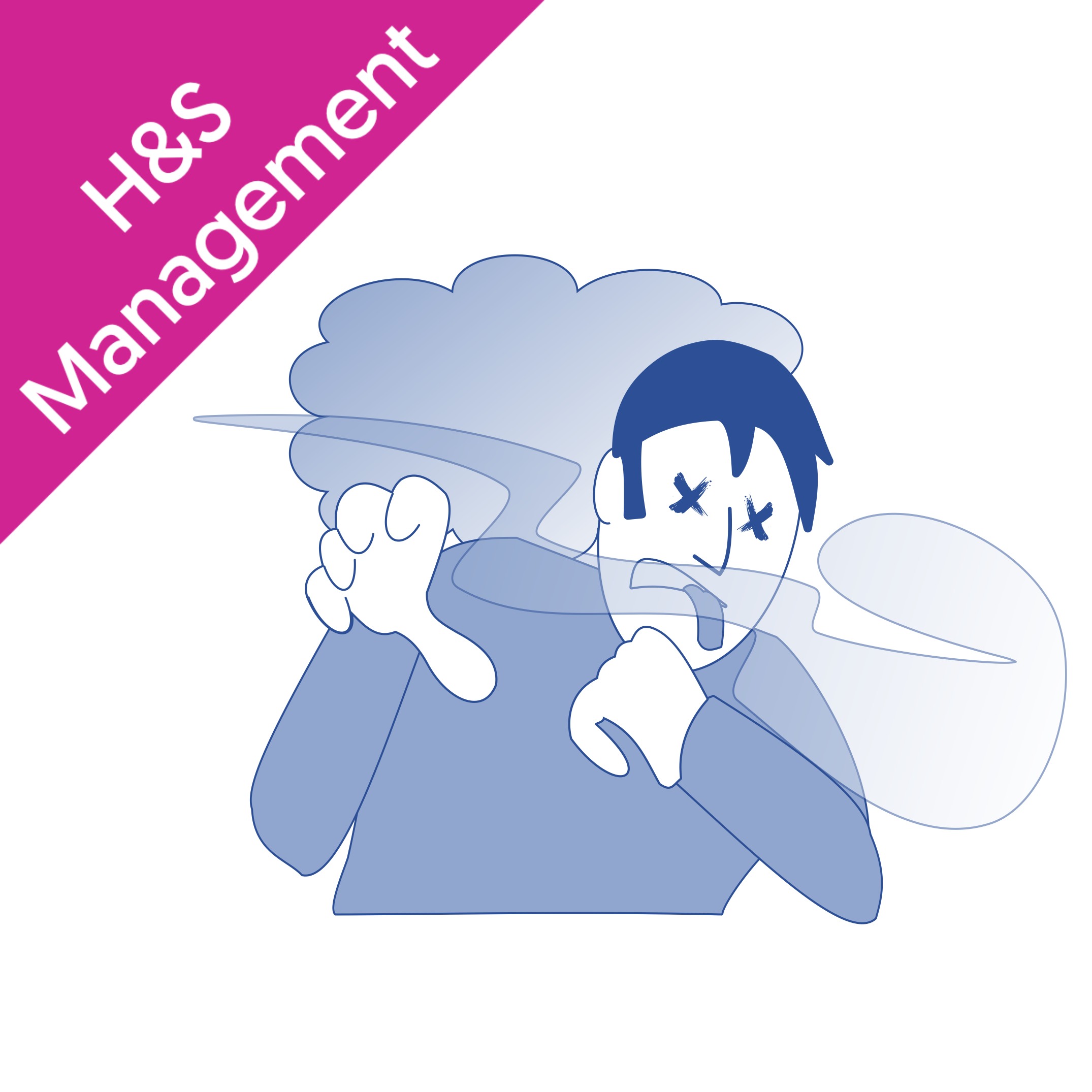Hazardous materials have several routes of entry into the body, where they can cause a lot of damage. The most common routes of entry for health hazards include:
- Absorption: when a substance comes into contact with the skin and is absorbed. This can lead to skin irritation and conditions such as dermatitis.
- Inhalation: when a substance is breathed in. This can be very dangerous because it makes it easy for a substance to reach the lungs and enter a person’s bloodstream and many of their organs.
- Ingestion: when a substance enters the mouth and is swallowed. This is usually the fault of poor working practices (such as a workplace failing to extract airborne dust) or poor personal hygiene (such as a person failing to wash their hands before eating food).
What are their effects?
Contact with a hazardous substance can have a range of effects that are classified as one of the following:
- Acute: These are short, rapidly occurring effects caused by a single or short-term exposure, such as asthma-type attacks, dizziness, nausea and fainting.
- Chronic: These serious health hazards are gradual, often irreversible illnesses caused by prolonged or repeated exposure to harmful substances, such as cancers and respiratory diseases.
How can I tell that a substance is hazardous?
There are several ways to tell that a substance is hazardous. The packaging of substances may contain hazard information or COSHH hazard symbols.
The EU’s Globally Harmonised System (GHS) and the UK’s Classification, Labelling and Packaging (CLP) Regulations set out a series of hazard pictograms that must be present on a substance’s packaging if it poses a hazard to health.
The Meaning of COSHH Symbols
These pictograms are black symbols inside a distinctive red border in the shape of a diamond. These are as follows:
Physical Hazards
Physical hazards are depicted by:
- a flame pictogram
- a flame over a circle pictogram
- a gas cylinder
- a pictogram of an exploding bomb
![physical COSHH symbols physical COSHH symbols]()
Physical and Health Hazards
This symbol signifies a substance that can cause corrosion to the skin. Common substances with this label are drain cleaners, bleach, and pesticides.
![physical and health warning symbol for COSHH physical and health warning symbol for COSHH]()
Health Hazards
Health hazards are symbolised by:
- an exclamation mark
- a health hazard to internal organs or the central nervous system
- a skull and crossbones
![Health Hazard COSSH symbols Health Hazard COSSH symbols]()
Environmental
Substances that can cause harm to the environment show an image of a tree and fish.
![Environmental toxicity symbol for COSHH Environmental toxicity symbol for COSHH]()
Alongside pictograms, any hazardous substance that is being supplied for use at work must come with a Safety Data Sheet (SDS). This sheet will outline the hazards associated with a specific substance, making it easier to assess and control the risks that the substance poses in a specific workplace.
COSHH Regulations and Responsibilities
The COSHH Regulations impose duties on employers to protect employees (and others) who may be exposed to hazardous substances. It requires employers to control exposure to such substances. COSHH also offers a framework for employers to build a management system to assess the health risks associated with hazardous substances and implement effective control measures.
What does COSHH require from employers?
Employers need to protect workers from harmful substances. They should:
Assess:
- Evaluate health risks from exposure to dangerous substances and decide on necessary actions (regulation 6).
Control:
- Prevent or control exposure to hazardous substances. If prevention isn't possible, ensure exposure limits aren't exceeded. Use methods other than personal protective equipment if possible. Any required protective gear must meet standards (regulation 7).
Manage:
- Properly use and maintain control measures. Keep records and review work systems regularly (regulations 8 and 9).
Monitor:
- Monitor employees exposed to certain substances and keep records for at least 5 years, or 40 years if employees can be identified (regulation 10). Provide health checks for employees exposed to other specific substances and keep these records for 40 years (regulation 11).
Plan:
- Prepare plans for emergencies involving hazardous substances, including warning systems.
Inform:
- Provide information and training to employees about health risks and safety precautions (regulation 12).
Assessing the risks
One of the main duties that the COSHH Regulations places on employers is to complete a COSHH risk assessment. This is used to identify any relevant hazardous substances that an employee may come into contact with, and establish how to adequately control exposure to them.
What is covered by COSHH?



